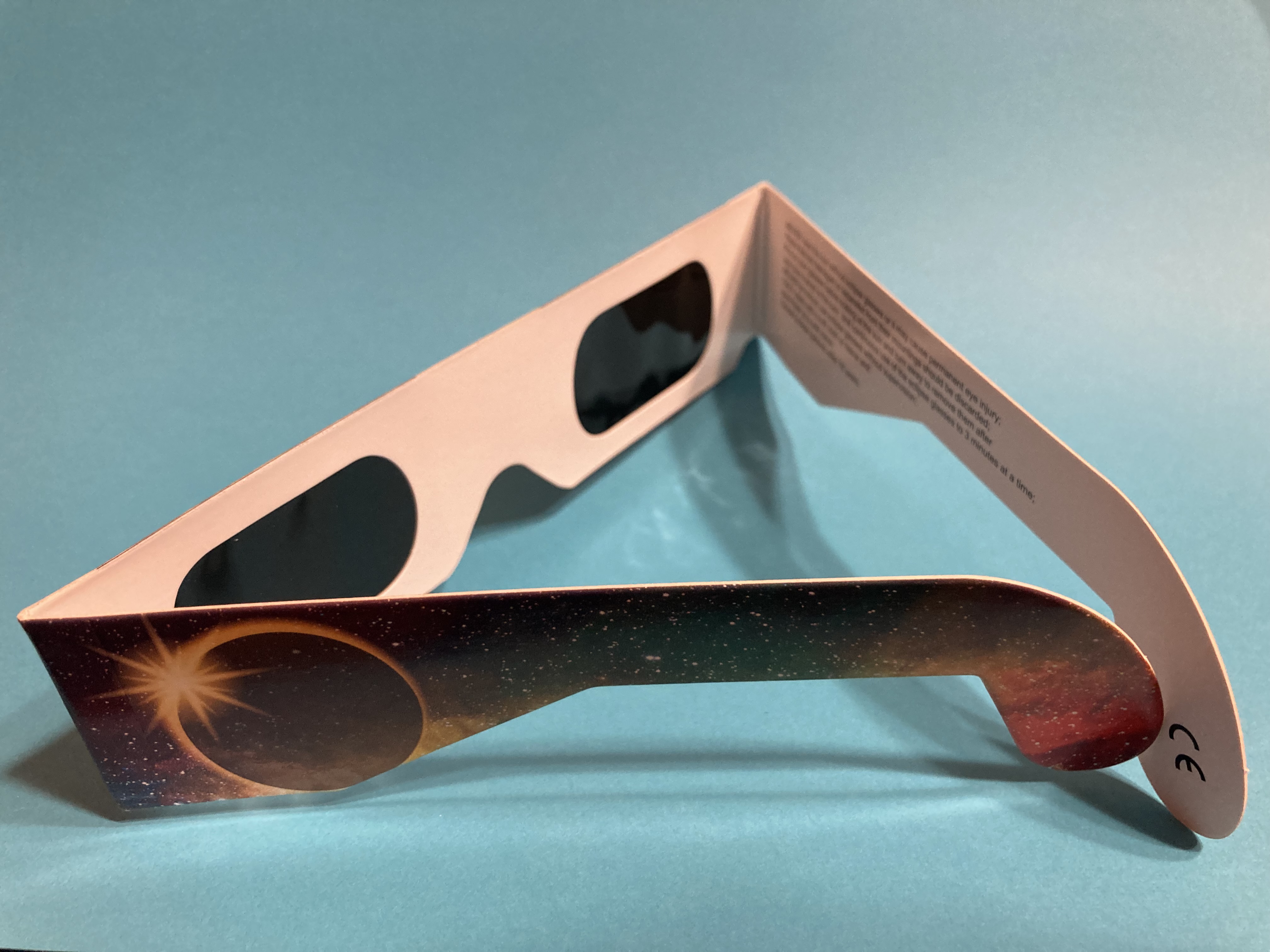“One or more blistering sunburns in childhood can more than double your chances of developing melanoma later on,” says Minnelly Luu, MD, a pediatric dermatologist at Children’s Hospital Los Angeles. “Melanoma and other types of skin cancers can also occur in all skin types and tones.”
One way to protect your child is sunscreen. But with so many sunscreens out there, how do you know which one is effective—and safe—for your child? Dr. Luu shares the latest advice.
Keep babies under 6 months of age out of the direct sun and cover them with protective clothing. Sunscreen can be used for babies under 6 months of age on areas that cannot be covered, but shade cover and clothing should be the primary method of sun protection in this young age group.
A broad-spectrum sunscreen protects against two types of ultraviolet (UV) radiation from the sun: UVA and UVB.
UVA rays, often called “aging” rays, penetrate into the thickest layer of skin and have long-term effects, such as premature wrinkles and age spots. UVB rays, called “burning” rays, produce short-term effects on the skin and are the primary cause of sunburn.
Both UVA and UVB rays can cause skin cancer.
Choose a broad-spectrum sunscreen with an SPF of 30 or higher. Some sunscreens are also labeled “water-resistant.” This is not the same as waterproof. All sunscreens wash off. Always reapply after swimming or sweating a lot.
There are two main types of sunscreens: mineral and chemical. They both protect you from the sun, but they do so in different ways. (And despite the names, both use chemicals.)
- Mineral sunscreens sit on the skin’s surface and act as a barrier—they physically block UV rays from reaching the skin. These sunscreens use zinc oxide, titanium dioxide or both.
- Chemical sunscreens absorb into the skin and filter out UV rays. These sunscreens use a variety of ingredients, such as oxybenzone and octinoxate.
How can you tell which one you’re buying? Read the “active ingredients” part of the label. If it’s a mineral sunscreen, the only active ingredients will be zinc oxide and/or titanium dioxide. Any other active ingredient is likely a chemical filter.
Note: Some sunscreens use both mineral and chemical ingredients.
In general, mineral sunscreens are the best pick—especially for babies and young children.
Why? First, mineral sunscreens are less irritating for those with sensitive skin. But there is also some controversy around the ingredients in chemical sunscreens.
Recent studies have found that chemical sunscreen ingredients are absorbed into the bloodstream at significant levels—even after just one use. They can remain in the blood for extended periods.
However, just because an ingredient is absorbed into the blood does not mean it’s unsafe or harmful. The Food and Drug Administration still recommends using chemical sunscreens.
Studies have not found that nanoparticles in mineral sunscreens are absorbed into the blood in a significant way. Given the current data, Dr. Luu recommends mineral sunscreens as a first choice for babies and children.
Although mineral sunscreens often come in “clear” formulas, many can still leave a white, chalky residue and be a bit harder to apply. This can bother some older children and teens.
“If your child or teen won’t use a mineral sunscreen, then it’s OK to use a chemical one,” Dr. Luu says. “Any sunscreen is better than no sunscreen.”
The two most common sunscreen mistakes are not using enough—and not reapplying often enough. Here are some tips for success:
- Slather it on. Do not skimp!
- Apply chemical sunscreens 20 to 30 minutes before going out in the sun.
- Reapply at least every two hours. If your child is swimming, reapply every 45 minutes.
- Don’t miss the ears, feet, back of the neck and the backs of knees.
- Be careful with sunscreen sprays. You don’t want to inhale the fumes. Don’t spray above the neck area.
- Use a lip balm with SPF 15 or 30.
Sunscreen is just one part of protecting your child from the sun. Don’t forget to:
- Seek shade, especially between 10 a.m. and 2 p.m.
- Try long-sleeve swim shirts or rash guards. These are widely sold for kids and are great for days spent at the pool or beach.
- Choose tightly woven clothing. This will keep your child cooler, too.
- Wear a wide-brimmed hat that protects the face, scalp, ears and neck.
- Protect the eyes. Look for kids’ sunglasses that block 99% to 100% of UVA and UVB rays.
For information on Dermatology at Children’s Hospital Los Angeles, click here


